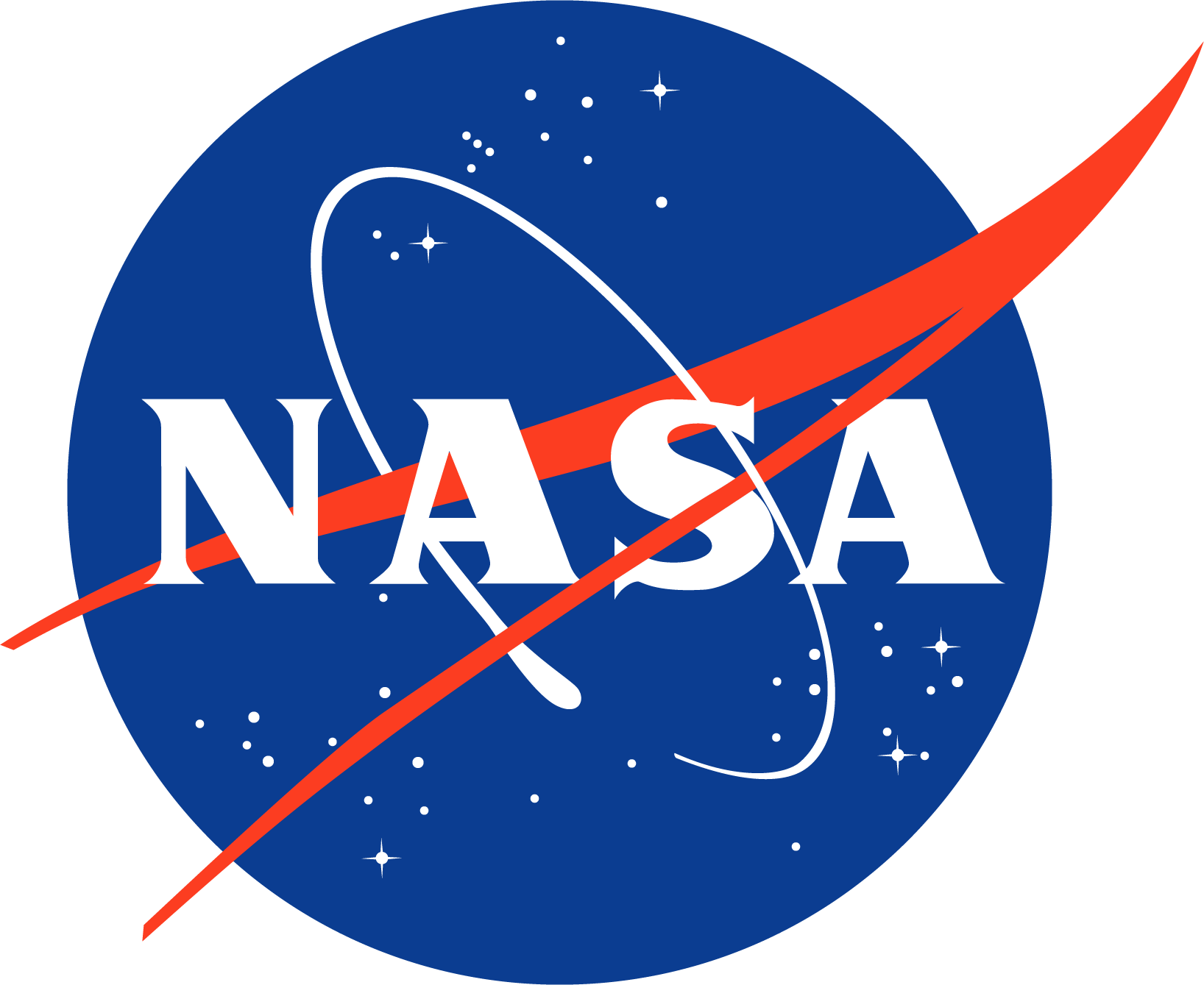My name is Dr. Amber Young and I am a Pathways Research Assistant in the Planetary Systems Laboratory at NASA Goddard Space Flight Center. As an Astrobiologist, I use climate and photochemical modeling tools to model the atmospheres of terrestrial planets to understand and characterize signatures that are indicative of life. In particular, I am interested in characterizing the detectability of known biosignature gases (e.g., O2, CH4) and chemical disequilibrium signatures using atmospheric modeling and retrieval analysis techniques. I am also engaged in developing observational strategies for characterizing habitable exoplanets using an observational decision tree framework approach applicable to future direct imaging missions like the Habitable Worlds Observatory.
Amber Vanessa Young
(RESEARCH AST, PLANETARY STUDIES)
| Email: | amber.v.young@nasa.gov |
| Phone: | 301.614.5701 |
| Org Code: | 693 |
| Address: |
NASA/GSFC Mail Code 693 Greenbelt, MD 20771 |
| Employer: |
Brief Bio
Current Projects
The Roadmap to Life Elsewhere: The Biosignature Decision Tree Framework
Extrasolar planets
Exciting discoveries are on the horizon with the development of a next generation mission concept called the Habitable Worlds Observatory (HWO). With this new mission one of the main objectives will be to search for atmospheric biosignatures on a sample of potentially habitable exoplanets. My main goal in this research project is to help develop robust life detection strategies for HWO that take into account searching for biosignatures of interest to the community, ruling out false-positives, all while maintaining observational efficiency. To do this, our research team has worked to develop a preliminary observational biosignature decision tree, which is a framework designed to organize exoplanet observations based on wavelength and our understanding of Earth's inhabitance over the course of its geological history.
The Search for Life is in Flux: Connecting Biosignature Gas Detections to Physical Processes
An important aspect to searching for biosignatures on other planets is being able to rule out potential false positives mechanisms that can mimic signs of life. This means that assessing the validity of a life detection will involve connecting an observed biosignature to physical planetary processes. As part of my research, the goal is to use retrieval modeling coupled with atmospheric photochemical/climate modeling tools to determine our ability to infer chemical species fluxes (i.e., production/destruction rates) from abundance information that can be gathered from a planet’s spectrum.
Examining the Detectability of Chemical Disequilibrium Biosignatures
Extrasolar planets
Another main area of my research is studying chemical disequilibrium, another potentially key biosignature we could search for on other worlds. The idea is that life’s metabolic processes could influence the chemical state of a planet’s atmosphere similarly to how life has played a significant role in influencing Earth’s atmosphere over time. In this study, I examined our ability to infer chemical disequilibrium from simulated remote observations of Earth-like exoplanet analogs. This involved coupling atmospheric retrievals with a thermodynamics model in order to determine how observational uncertainty influences our interpretations of chemical disequilibrium.
Positions/Employment
Pathways Research Assistant, Planetary Studies
NASA Goddard Space Flight Center - 8800 Greenbelt Rd Greenbelt MD, 20771
January 2023 - Present
Education
Ph.D. Astronomy & Planetary Sciences, Northern Arizona University (August 2023)
M.S. Physics, Fisk University (June 2019)
B.S. Planetary Science & Astronomy (May 2016)
Awards
Fellowships
- NASA Pathways Fellowship (January 2023)
- NASA MSI Fellowship Activity (August 2021)
Awards
- Women In Science and Engineering Scholarship (January 2015)
- Presidents Freshman Award (December 2012)
Publications
Refereed
2024. "Optimized bandpasses for the Habitable Worlds Observatory’s exoEarth survey." Journal of Astronomical Telescopes, Instruments, and Systems 10 (01): [10.1117/1.jatis.10.1.014005] [Journal Article/Letter]
2024. "Chapter 8: Searching for Life Beyond Earth." Astrobiology 24 (S1): S-164-S-185 [10.1089/ast.2021.0104] [Journal Article/Letter]
2024. "Chapter 1: The Astrobiology Primer 3.0." Astrobiology 24 (S1): S-4-S-39 [10.1089/ast.2021.0129] [Journal Article/Letter]
2024. "Inferring chemical disequilibrium biosignatures for Proterozoic Earth-like exoplanets." Nature Astronomy 8 (1): 101-110 [10.1038/s41550-023-02145-z] [Journal Article/Letter]
2024. "Retrievals Applied to a Decision Tree Framework Can Characterize Earthlike Exoplanet Analogs." The Planetary Science Journal 5 (1): 7 [10.3847/psj/ad09b1] [Journal Article/Letter]
2023. "Bayesian Analysis for Remote Biosignature Identification on exoEarths (BARBIE). II. Using Grid-based Nested Sampling in Coronagraphy Observation Simulations for O2 and O3." The Astronomical Journal 167 (1): 27 [10.3847/1538-3881/ad0fde] [Journal Article/Letter]
2023. "A Radiative-convective Model for Terrestrial Planets with Self-consistent Patchy Clouds ." The Planetary Science Journal 4 (5): 94 [10.3847/psj/acbf2d] [Journal Article/Letter]
2016. "The response of Phanerozoic surface temperature to variations in atmospheric oxygen concentration." Journal of Geophysical Research: Atmospheres 121 (17): 10,089-10,096 [10.1002/2016jd025459] [Journal Article/Letter]
Talks, Presentations and Posters
Invited
Constraining the O2-CH4 Chemical Disequilibrium Biosignature for Proterozoic Earth-like Analogs
June 2024
Astrobiology Science Conference
Exploring Exoplanets: The Hunt for Biosignatures
November 2023
Colloquium Speaker at Spelman College
Other
Examining Chemical Disequilibrium Biosignatures and Observational Strategies for Earth-like Exoplanets
February 2024
American Astronomical Society
Applying a Direct Imaging Decision Tree Strategy to a Modern Earth-like Exoplanet Analog
February 2023
American Astronomical Society Meeting
Inferring Chemical Disequilibrium Biosignatures for Earth-like Exoplanets via Atmospheric Retrieval
June 2022
Astrobiology Science Conference
Quantifying Chemical Disequilibrium Biosignatures in Analogs for Earth-like Exoplanet Atmospheres
February 2020
American Astronomical Society Meeting
Simulated Exoplanet Observations with HabEx and LUVOIR: Preparing for the Hunt for Biosignatures
August 2019
Astrobiology Graduate Conference
Coronagraph Simulations for HabEx
November 2018
HabEx Community Meeting on Astrophysics
Simulations of Methane on Mars Utilizing Curiosity Data
September 2018
Comparative Climatology of Terrestrial Planet Atmpospheres-3
Modeling MSL Measurements of Modern Martian Methane
May 2017
Astrobiology Science Conference
Making Martian Methane via Surface H Release
2016
American Geophysical Union Conference
Selected Public Outreach
Louis Stokes Alliance for Minority Participation Mentor
August 2020 - September 2023
Penn State NEXUS Orientation Leader
August 2014 - June 2016
Penn State Lion Ambassador Volunteer
May 2016 - June 2016
